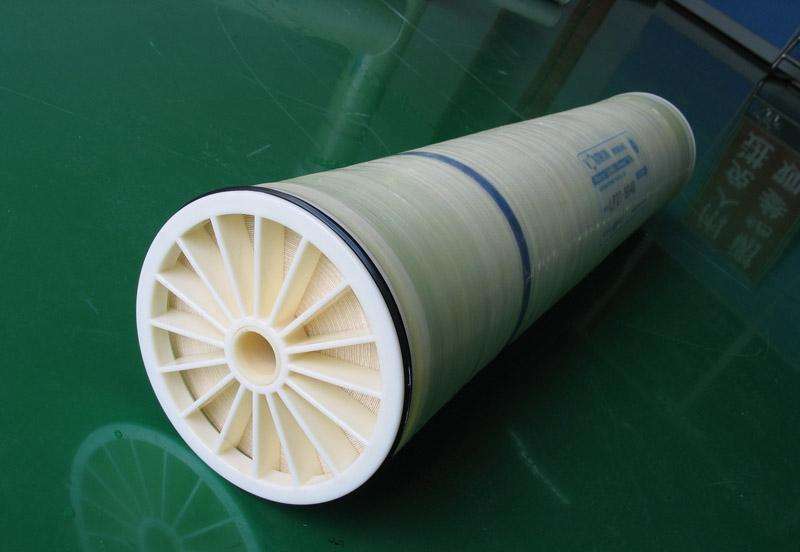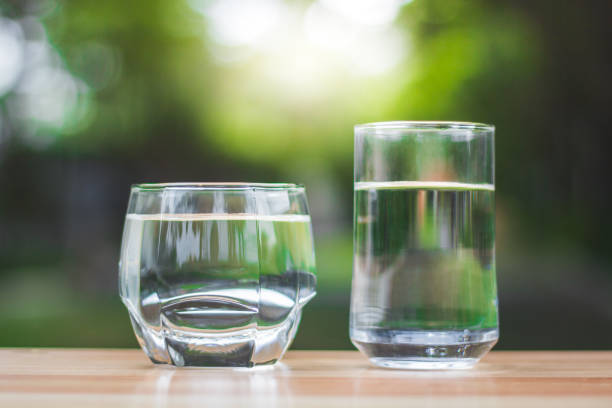 Do you know what you should do when the water purification equipment has a low water output rate?
Do you know what you should do when the water purification equipment has a low water output rate?
Sep .26.2024
Today, Susan will give you a detailed answer to this question: Under normal circumstances, the phenomenon of low water output rate and high voltage of water purification equipment is mainly due to It is caused by instrument readings, temperature, inlet water conductivity, potential water side pressure, pressure difference, membrane element attenuation, membrane element pollution, untimely maintenance, etc.

 Does your reverse osmosis equipment often wash the membrane, change the membrane?
Does your reverse osmosis equipment often wash the membrane, change the membrane?
 Do you know what you should do when the water purification equipment has a low water output rate?
Do you know what you should do when the water purification equipment has a low water output rate?
 Do you know the difference between ultrafiltration membrane and ro reverse osmosis membrane? And How to choose them?
Do you know the difference between ultrafiltration membrane and ro reverse osmosis membrane? And How to choose them?